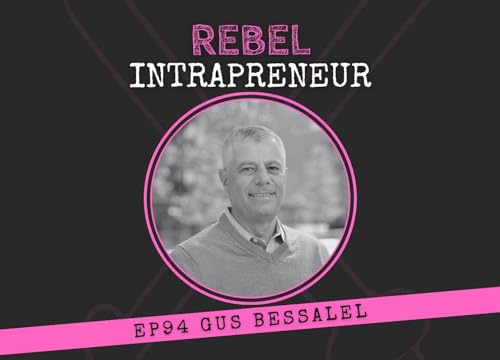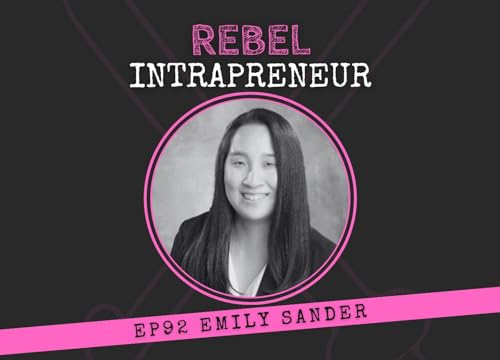Rebel Intrapreneurs use the Strategyzer Business Model Canvas FigJam template to turn possibilities into plans. Learn about the business model canvas FigJam template here and Try FigJam for free: https://psxid.figma.com/d8auy7
I admit that I do not have a codified set of core beliefs, values, principles, or whatever else you want to call them. I know that I should have them, but I don’t. It’s something I’ve procrastinated. Successful people I know have told me that they procrastinated it too, but when they finally put in the work to write out their core beliefs, everything changed for the better.
So when I had the opportunity to talk to Robyn Bolton, founder & chief navigator at MileZero, about innovation, I wanted to spend time talking about her 5 core beliefs because her short list says a ton about how she views innovation and how she helps her clients do great things.
Robyn Bolton’s 5 core beliefs:
* Innovation is something different that creates value.
* Innovation requires curiosity, courage, and commitment.
* Any organization can innovate, and any person can be an innovator.
* People (even your customers and your boss) decide with their hearts and justify with their heads.
* Ideas are a dime a dozen. Decisions are priceless. Action is perfection.
To me, this list tells me much of what I need to know about Robyn and her innovation approach.
The lesson here for Rebel Intrapreneurs (and me personally) is this: written core beliefs clarify what we think about a topic and how we approach it. All of us should write down our core beliefs.
More about Robyn Bolton:
Robyn’s 5 Core Beliefs
Her company, MileZero
Robyn’s Innovation Assessment
The Adobe Kickbox story blog
On Linkedin
On X
Today’s episode is brought to you by Figma. Two important tools of the Rebel Intrapreneur are the business model canvas and the value proposition canvas. Figma has templates for both, so you can design your innovation projects fast. I used the value proposition canvas template to design the listener profile and value map for this show. Try Figma for free.
More about Bill:
Bill Cushard on Linkedin
Bill Cushard on Twitter
Rebel Intrapreneur podcast website
Bill’s book: The Art of Agile Marketing: A Practical Roadmap for Implementing Kanban and Scrum in Jira and Confluence
Get the show on:
Apple Podcasts
Spotify
Audible
Get full access to Rebel Intrapreneur at www.rebelintrapreneur.com/subscribe
 1 hr and 1 min
1 hr and 1 min Feb 29 202457 mins
Feb 29 202457 mins 58 mins
58 mins 1 hr and 1 min
1 hr and 1 min 53 mins
53 mins 1 hr and 5 mins
1 hr and 5 mins Jan 16 202451 mins
Jan 16 202451 mins Jan 12 202425 mins
Jan 12 202425 mins